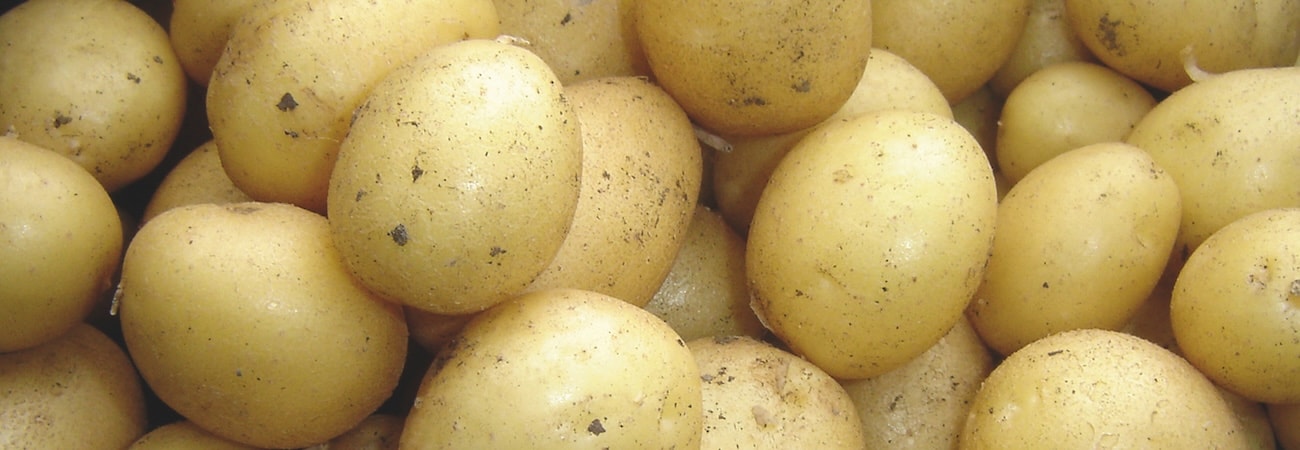
Ann’s Almanac – June
Hurrah, beautiful June is here, heralding the true start of summer and allowing us to bridge the divide between home and garden. Featuring the longest day of the year, this is a wonderful month of extended daylight, warmth and sunshine. Ideal conditions for plants to grow strongly! It’s also the perfect time to visit other gardens that are open to the public, often for charity. These visits will encourage and inspire you to try new things whilst giving you a rest from working on your own patch!
For those of us who like to grow our own, a thriving veg patch or allotment is the epitome of living the good life. But if things go wrong and you fall behind, or your crops are decimated by storms or pests, don’t feel bad about ordering veg plants to get your dreams back on track.
As they grow, crops will draw increased attention from all forms of wildlife – it’s the perfect time to harness all those helpful critters and put controls in place for the not-so-friendly. Birds will be feeding their young with all the pesky caterpillars and aphids they can find, so spare a thought for these unpaid workers and consider adding a bird feeder or insect hotel to improve your garden’s ecosystem.
A perfect summer day is when the sun is shining, the breeze is blowing, the birds are singing, and the lawn mower is broken.
– James Dent
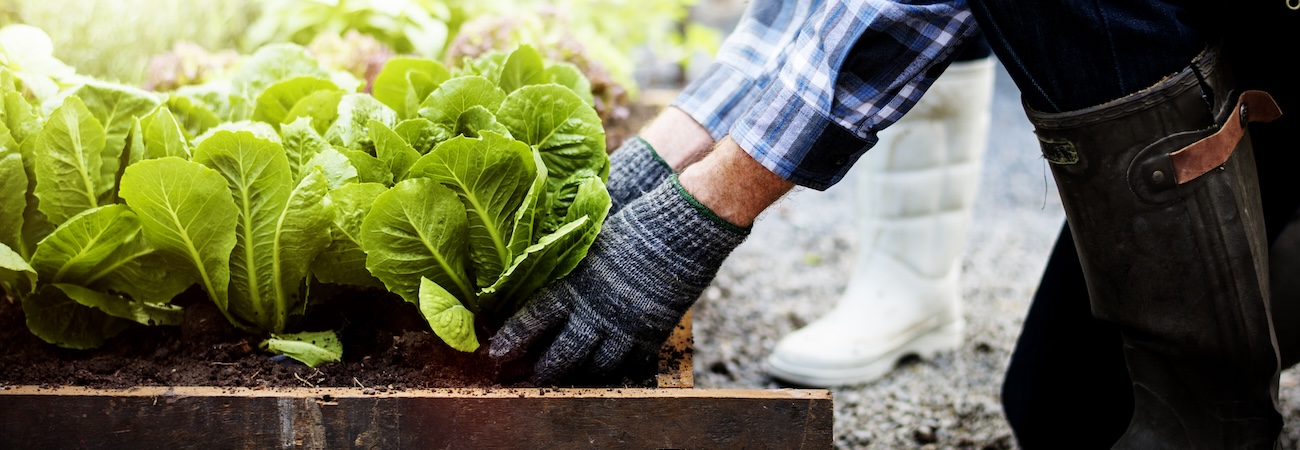
Jobs to tackle this month
My top tasks for June include:
- Harden off any indoor grown plants ready for planting out in prepared soil. Those that have already been sitting in a cold frame will be ready to go.
- You can direct sow salad leaves, peas, beans, carrots, beetroot, swede, turnips, kohl rabi, kale, chard, spinach and pak choi this month. Sow little and often to avoid a glut.
- Continue to remove the side shoots from cordon tomato plants and start feeding them once the first truss is set.
- Give broad bean plants support and check for signs of black-fly. Remove the growing tips if you find evidence of this pesky pest.
- Stop cutting asparagus from the middle of the month as the bed needs time to recover for next year.
- To prevent your plants from getting scorched, now’s the time to shade your greenhouse. Whether you use blinds, newspaper or white paint, shading is really important for the health of the plants growing inside.
- Grass cuttings can be spread thickly on veg beds after watering to act as a mulch.
- New potatoes will be ready for lifting. They don’t store as well as maincrop varieties so lift just enough for a meal at a time.
- Summer bedding can be planted out, pots can be filled and hanging baskets placed into their final positions.
- Deadhead blooms as they fade and the plants may well produce a second flush of flowers.
- Cut back yellowed foliage from spring bulbs but mark where they are so you don’t dig them up by mistake.
- The longer days and warmer soil will be encouraging all things to grow, including weeds! Keep your hoe, kneeler pad and fork handy.
- I know, I know, we haven’t had summer yet, however it really is time to order your Dobies autumn and winter veg plants!
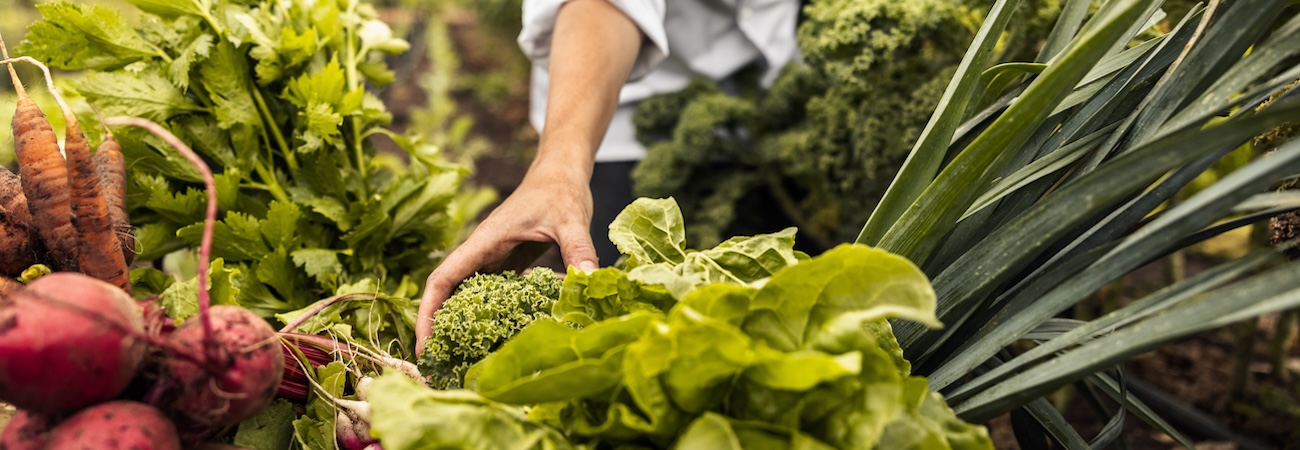
From plot to plate
Here are some of the delicious crops I harvest in June:
- Broad beans: Broad beans are low in calories, high in protein and dense in minerals and vitamins. Ready for harvesting from mid-June until the end of summer, young sweet beans can be eaten raw in salads or quickly blanched or steamed. Cooked broad beans can be stirred into pasta, quinoa or rice or simply add a squeeze of lemon juice, olive oil and chopped dill and serve as a side dish. Also, known as fava beans, these little green beauties do indeed go well with chianti when having a friend for lunch! And when the crop ends, remember to leave the nitrogen-rich roots in the soil to work their magic.
- First early potatoes: Once the stems are flowering and/or the leaves are starting to wilt you know your crop is ready. Lift one plant first to check that the potatoes are the size that you want. You can’t beat boiled new potatoes simply dressed with salt, butter and some sprigs of mint.
- Beetroot: When small and young the globes are so much tastier than the big old woody ones, which I tend to use for pickling. Beetroot is a versatile vegetable that can be eaten raw, roasted, steamed or in soup. It also makes a particularly moist chocolate cake! I like to peel the globes, brush with olive oil and roast (whole or in chunks) to serve with puy lentils and halloumi for a gutsy dish. Even the leaves are tasty when picked small and young, and added to a mixed leaf salad.
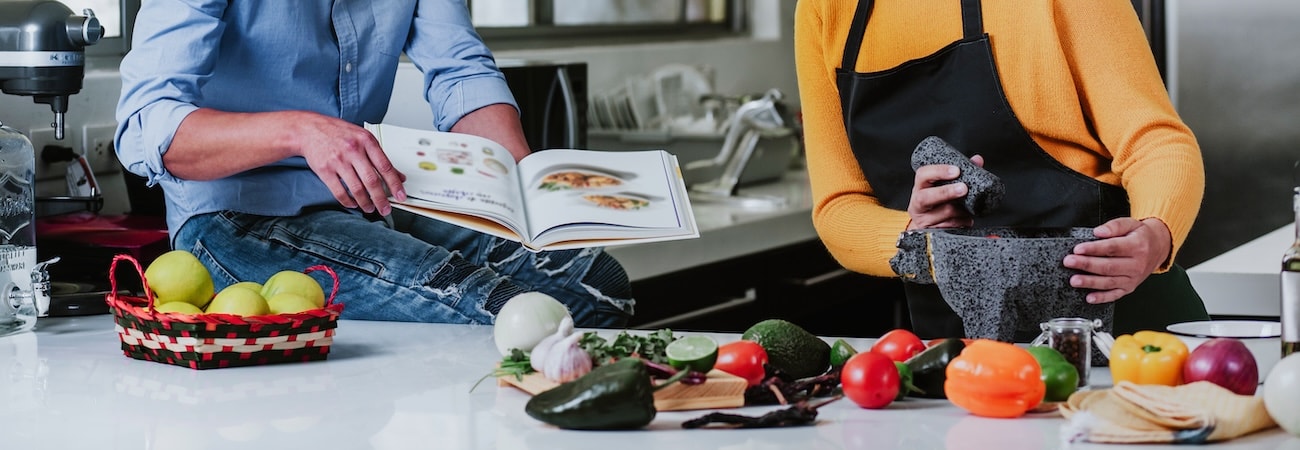
Recipe of the month
Ann’s beetroot slaw recipe
You will need:
- 3 raw beetroots
- 4-5 raw carrots
- 50ml olive oil
- Juice of 1 lemon
- Juice of 1 orange
- 1 tsp honey
- Pinch salt
- Optional – 2 tablespoons of chopped walnuts, cranberries or sultanas
Method:
- Peel and grate the beetroots
- Peel and grate the carrots
- Combine the raw grated vegetables in a bowl with the optional fruit or nuts (if using).
- Tip the oil, lemon juice and orange juice into a jug with the honey and salt. Whisk with a fork to mix.
- Pour over the grated vegetables and serve.
Fancy growing something new?
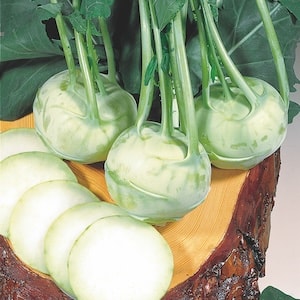
We all have our favourites – tried and trusted varieties of fruit and veg that we grow each and every year. But it’s also fun to try something new. Here’s my suggestion:
With a flavour that’s somewhere between a turnip and a cabbage, Kohlrabi ‘Noriko’ is a fast growing vegetable that’s ready 10-12 weeks from sowing. It can be direct sown from April to July and harvested from June to September. The green tops can be eaten raw in salads, or cooked like spinach. The root can also be steamed, sautéed, roasted, stuffed, or thinly sliced and eaten raw. It’s popular in Hungary where it’s puréed into a creamy soup.
You may also be interested in
- Flower seeds to sow in June
- Vegetable seeds to sow in June
- Ann’s allotment and gardening guide – May
- Ann’s allotment and gardening guide – July
Lead image: Potato ‘Rocket’ from Dobies
